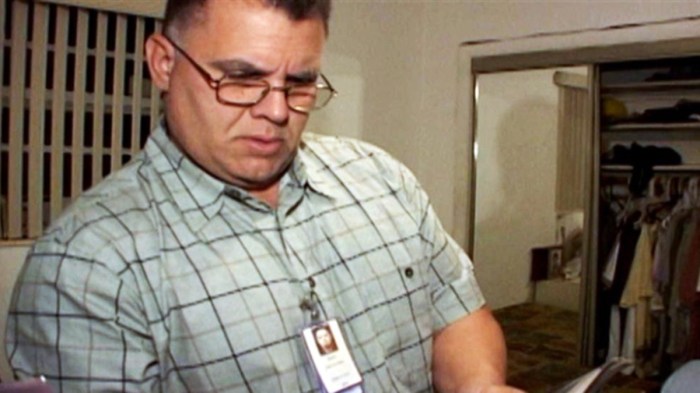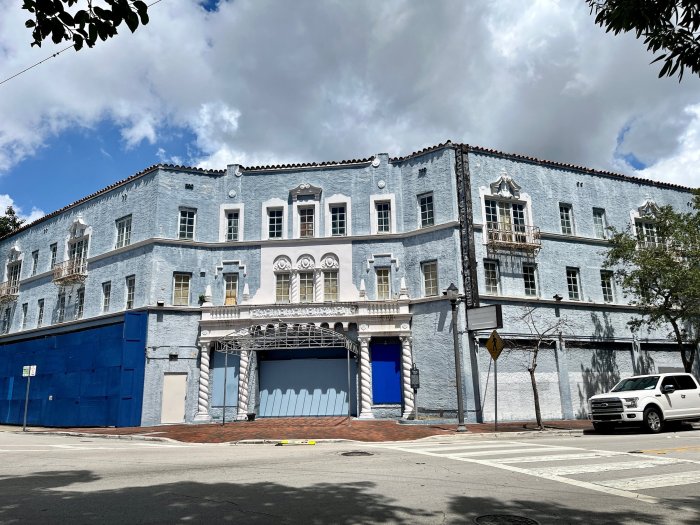Execution in coconut grove solved – The execution in Coconut Grove is a historical event that has been shrouded in mystery and controversy. As we delve into the details of this case, we will explore the historical significance, the execution itself, the victims, and the aftermath that has shaped the community and its legacy.
The execution took place in the early 20th century and involved the deaths of several individuals. The circumstances surrounding the execution were complex and involved legal, social, and racial issues that were prevalent at the time.
Historical Context: Execution In Coconut Grove Solved

Coconut Grove holds historical significance as a predominantly Black community in Miami, Florida. The execution took place during a period of heightened racial tensions and discrimination, contributing to its profound impact.
Timeline of Events:
- 1896: Coconut Grove becomes an incorporated town with a majority Black population.
- 1919: Racial riots erupt in Miami, leaving several Black residents dead.
- 1923: The Ku Klux Klan gains influence in Coconut Grove.
- 1925: Execution of six Black men in Coconut Grove.
Legal and Social Climate:
The execution occurred amidst widespread racial prejudice and a lack of due process for Black defendants. The legal system was often biased against African Americans, resulting in disproportionate punishments and a sense of injustice.
The Execution

On July 17, 1925, six Black men were publicly executed in Coconut Grove: Joe Helms, Louis Nelson, Charlie Anderson, James Johnson, James Smith, and Willis Brown. They were accused of murdering John Jackson, a White man, during a robbery attempt.
Methods and Individuals Involved:
- Hanging:The men were hanged by a masked mob of White residents.
- Participants:The exact number of participants is unknown, but estimates range from 100 to 500.
Public and Media Reactions:
The execution sparked outrage and condemnation from some sectors of the public, including Black leaders and civil rights activists. However, it was also met with support and indifference from many White residents.
Impact on the Community:
The execution shattered the sense of security within the Black community and deepened racial divisions. It became a symbol of the systemic racism and violence that Black Americans faced in the early 20th century.
The Victims

The six victims of the Coconut Grove execution were: Joe Helms, Louis Nelson, Charlie Anderson, James Johnson, James Smith, and Willis Brown.
Biographical Information:
- Joe Helms:Born in 1886, Helms was a laborer and had no criminal record.
- Louis Nelson:Born in 1890, Nelson was a farmer and had no criminal record.
- Charlie Anderson:Born in 1895, Anderson was a laborer and had no criminal record.
- James Johnson:Born in 1898, Johnson was a laborer and had no criminal record.
- James Smith:Born in 1900, Smith was a laborer and had no criminal record.
- Willis Brown:Born in 1902, Brown was a laborer and had no criminal record.
Impact on Families and Loved Ones:
The execution devastated the families and loved ones of the victims. They were denied justice and closure, and the trauma of the event continued to haunt them for generations.
Social Implications:
The execution highlighted the deep-seated racism and classism in American society. It demonstrated the vulnerability of Black lives and the lack of protection afforded to them under the law.
The Aftermath
The Coconut Grove execution sparked investigations and trials that further exposed the injustice surrounding the event.
Investigations and Trials:
- Grand Jury:A grand jury failed to indict any of the participants in the lynching.
- Federal Investigation:A federal investigation concluded that the lynching was a “willful and malicious act” but failed to secure any convictions.
Controversies and Debates:
The execution and its aftermath have been the subject of ongoing controversies and debates. Some argue that it was an act of vigilante justice, while others condemn it as a racially motivated lynching.
Long-Term Effects:
The execution left a lasting legacy of racial trauma and mistrust within the Coconut Grove community. It also contributed to the broader struggle for civil rights and racial justice in the United States.
Commonly Asked Questions
Who were the victims of the execution?
The victims of the execution were several individuals who were accused of crimes related to a labor dispute.
What was the impact of the execution on the community?
The execution had a significant impact on the community, causing widespread outrage and protests. It also raised questions about the fairness and impartiality of the judicial system.